When everything shut down, I took one week off to figure out what I was going to do. I learned how to use FaceTime on my iPad and was able to begin virtual piano lessons the following week. What an experience that has been! I've been teaching virtually for 3.5 months now, and will continue through the summer. The state of Washington has moved into Phase 2 of the "Safe Start" plan to open things back up, so some of my students are wanting to actually come to the studio for lessons. Teacher and student will be masked up, hands washed, piano sanitized between students, and only one family member is allowed to wait in the waiting area. We'll see how it goes.
It was interesting to me how difficult it was to teach a piano lesson virtually, especially with limited equipment. Some teachers, across the country and across the world, had their studio transformed into a tech studio with multiple electronic devices, monitors, keyboards, etc. It might have been easier for those teachers. I found that my studio, at the end of each teaching day, was a mess - a whirlwind of papers and music all over the floor, the piano, and the keyboard. Every day of lessons I would spend a half hour to an hour cleaning up and putting materials away. Then I would scan the student's assignment into my computer and send an email attachment. It was a lot of extra work. Music was dropped off and picked up. We had our first ever virtual piano recital!
I passionately applaud all private music instructors for their endurance during this trying time. We are all exhausted but continue to push forward. It is unknown how things will be come the fall this year, but at least now we know how to "do it" if we have to.
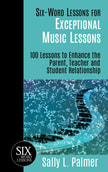




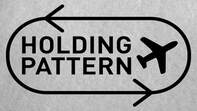
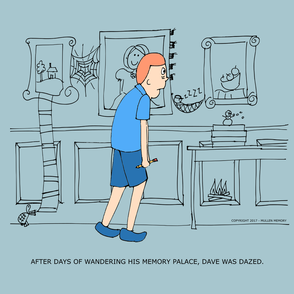
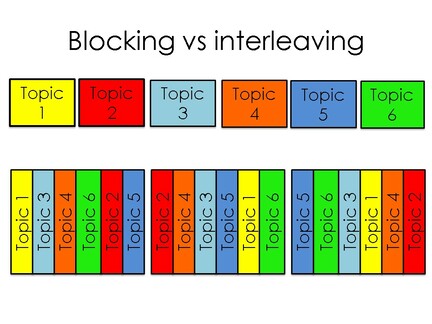
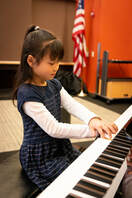
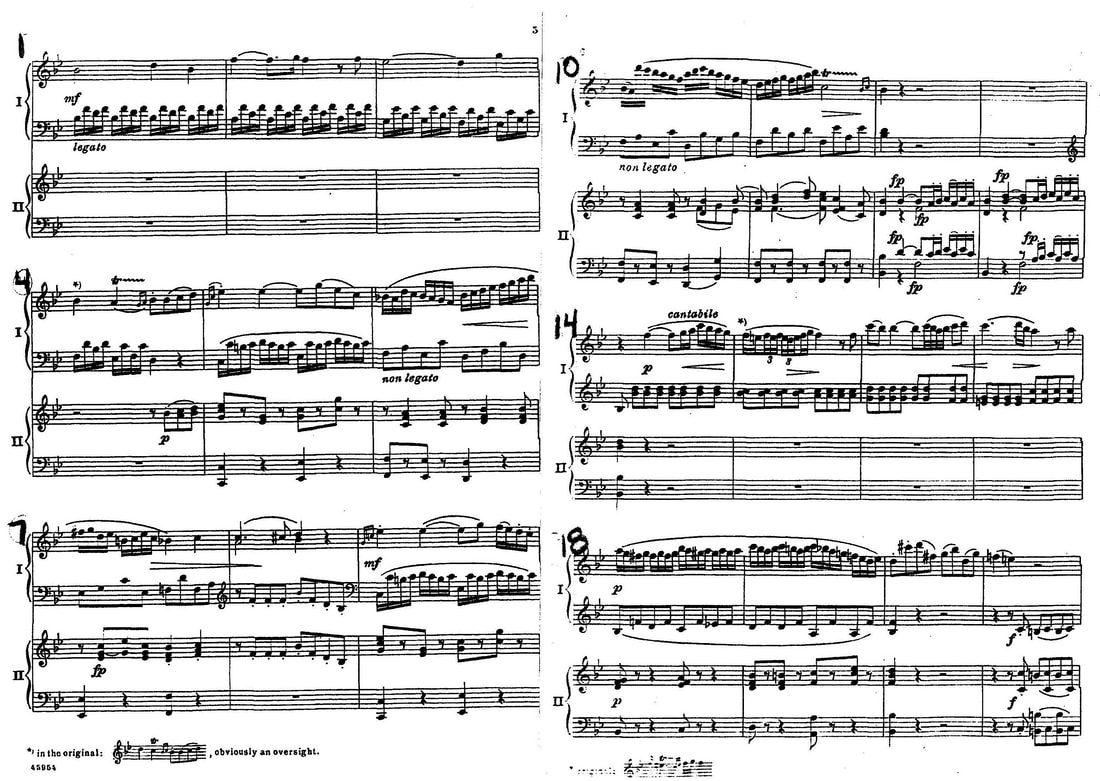
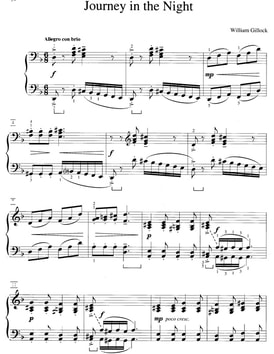
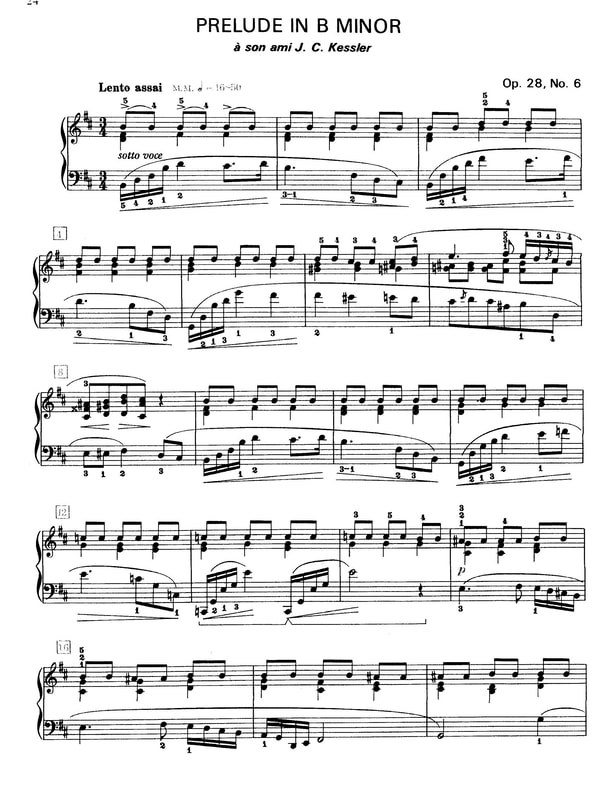
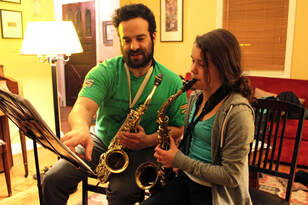
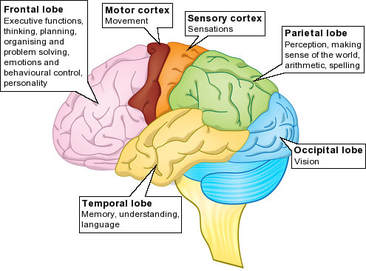
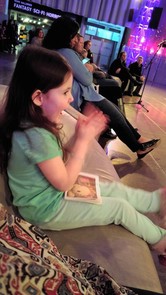
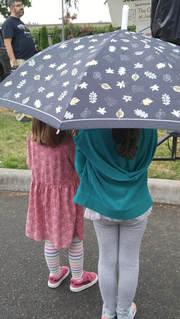
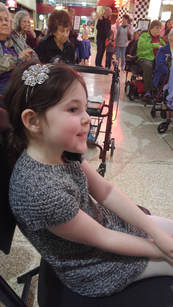
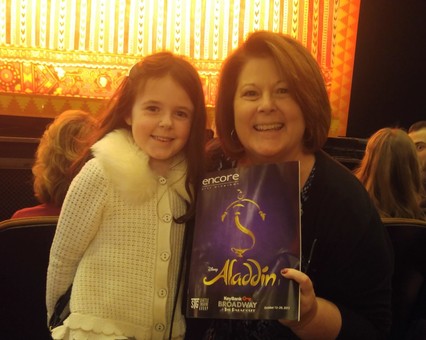
 RSS Feed
RSS Feed

